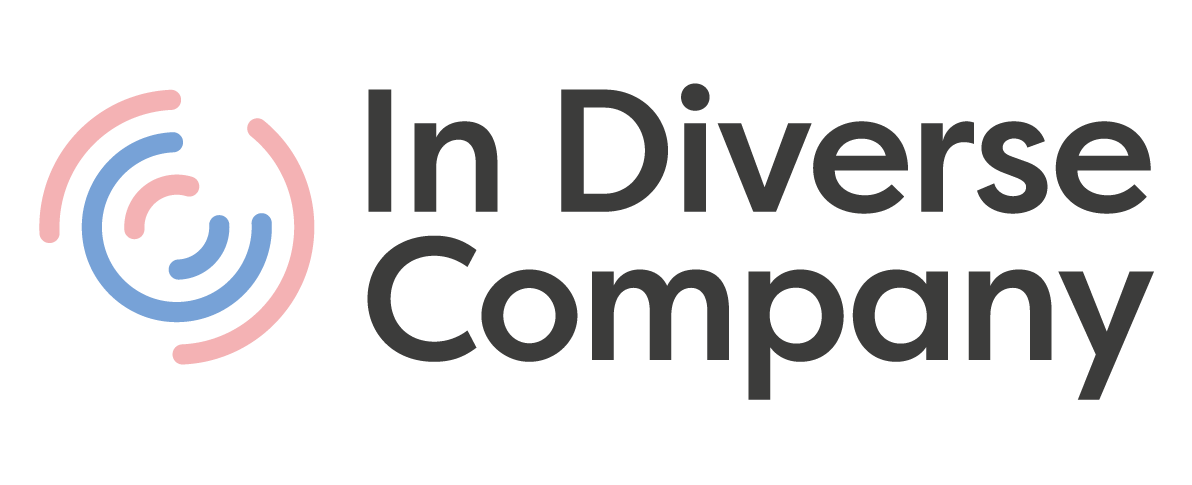Insights from our first of two Webinars focused on Data, Inclusion and Culture.
On Tuesday 21st April 1.30pm BST/6pm IST our CEO, Johanna Beresford, hosted a webinar discussion with guest Anil Jalali, Executive Coach and ex-CHRO (CapGemini, IBM) where she asked the question, ‘How can organisations collect and use data more effectively in order to create measurable inclusive cultures?’
In the current climate, organisations are putting even further value on data as budgets are squeezed during uncertainty, and leaders are looking for confirmation around decisions. At the same time, inclusion has never been so important – teams are working in isolation, and organisations are looking to support wellbeing and personal issues as the crisis creates a very different set of challenges for every individual.
Our session looked in particular at the value of collecting data on diversity, is it accurate? The complexities involved and the challenges of effectively using data to drive and measure inclusion
Questions/insights
-
- Does collecting diversity data drive inclusion? It can but most importantly we should look at what we are doing with the data that we collect and how we are leveraging it. What is key is educating organisations to realise that we are not collecting data or hiring a diverse workforce because it is a nice thing to do, but because of the business benefits of how engaged and productive an inclusive workforce is.
- We know that most organisations focus on data around gender diversity, disability, and sexual orientation although there are many other diversity ‘categories’ that organisations are understanding to be just as important. However what organisations really need to think about is the accuracy of the data – how many individuals within the organisation feel in a safe enough environment to fully disclose their personal information? How can an organisation categorise data around for example, disability, without causing offence? It is here that we begin to see the complexities and how the culture of the organisations come into play around accuracy of data?
Anil Jalali: “The more we are able to drive a culture where people from all backgrounds are able to be themselves, the better we will be at leveraging the benefits of diversity data”
- What the data doesn’t show you is a true measure of inclusion – even if individuals have been open around diversity, are they able to truly be themselves within the workplace and not have to be what others expect or want them to be? Data is often used to increase representation within an organisation but that doesn’t mean you are driving the value if those voices are not being heard – not just heard but listen to and acted upon.
- Where diversity data has gone wrong in the past is where gaps in data have been used to identify areas where representation is required. The point is often missed entirely – if it’s purely numbers and representation that is increasing but people aren’t able to openly share and be celebrated for their differences and the value that this individual diversity brings then the organisations culture isn’t necessarily changing at all.
- What role do targets play in achieving inclusion? Targets can be useful in starting a positive journey towards inclusion, but this must be followed up with a continuous and evolving approach to listening and action
- Inclusion can’t be measured by data alone. We must look at qualitative data, are people advancing in their careers? Not just representation at leadership level but is this representation resulting in better decision and cultural shift? We must let the data tell a story about individual and group experiences across the organisation – not just representation.
- Where have we seen good examples of data driving inclusion? Through learning through collecting the right data, inclusion has seeped into IBM’s culture. Senior leadership has set a good example, they have made significant efforts in building infrastructure around leadership development- both physical and cognitive.
We would love to hear your thoughts and insights on this topic. Please feel free to share your thoughts and comments below.
We will continue to connect and have open and honest discussions on a variety of diversity and inclusion topics in a webinar format in the coming weeks, follow us on our social media platforms for more details.






